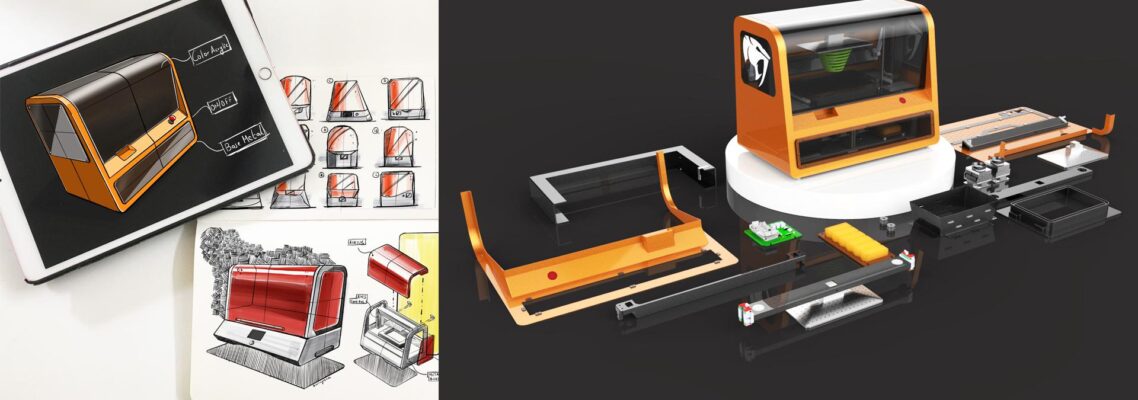
An Introduction to 3D Modeling Services in the Mechanical Engineering Industry
August 5, 2021
In today’s workforce, exciting technologies are being incorporated in several fields to improve efficiency and quality. Mechanical engineering is no different. One of the most popular ways mechanical engineering is incorporating technology into their work is through 3D modeling. 3D modeling software is easily incorporated into the design process, and this technology is here to stay. Read on to find out why more mechanical engineers are reaping the benefits of 3D modeling.
What is 3D Modeling?
Many people are familiar with the term 3D, meaning three-dimensional. 3D modeling renders three dimensional objects using specific computer software. HUBS’ article “What Is 3D Modeling?” defines it as “the process or workflow of developing a computer-based (mathematical) model of any surface of an object, regardless of whether it’s inanimate (such as a gear wheel) or living (such as an animal or a human being).” In other words, software uses the dimensions and data of a particular object and creates a three-dimensional image of the object’s surface. The goal is to create a computer simulation that is accurate and realistic.
There are three primary kinds of 3D modeling: solid modeling, surface modeling, and sculpting. Solid modeling enables engineers and designers to create physical, 3D prototypes of their designs. Surface modeling virtually designs the surface of the product without the interior. Sculpting is the closest to traditional modeling, as it can create detailed animations from virtual clay using various tools and techniques.
Why is 3D Modeling Useful in Mechanical Engineering?
Mechanical engineers can use 3D modeling throughout the design process. “What Is 3D Modeling?” states that 3D modeling allows engineers to simulate several characteristics of a design (such as strength, temperature resistance, and ease of motion) before creating a physical prototype. This can be done for individual parts as well as complete designs. For example, solid 3D modeling allows engineers to create several different parts and assemble them together. This gives the engineer a clear idea of how each part would work together and which changes to make without the hassle of manufacturing full-scale parts.
In addition, 3D modeling software follows a similar process to manufacturing objects. It uses skills such as “extruding, drilling, and threading operations,” which are easily transferrable from the mechanical engineering field. Another perk of using 3D modeling in mechanical engineering is that some software can save product details that can be edited or referred to at any time. Engineers can easily tweak their design or consult their data using such software. In summary, 3D modeling saves mechanical engineers time, resources, and money, while eliminating some of the guesswork during the creation process.
What Skills and Tools Are Needed?
3D modeling can be either automatic or manual. As daunting as manual modeling sounds, you don’t have to be an artist to create 3D models. “What Is 3D Modeling?” states that although manually preparing 3D data is similar to “plastic arts” such as sculpting, the computer software simplifies the process. Engineers are familiar with creating, prototyping, and testing designs, so they already have a great baseline for 3D modeling. All that engineers need to learn is how to use the software.
There are several kinds of software used for 3D modeling, all of which fall under the umbrella term Computer Aided Design (CAD). Some common examples of CAD are: Solidworks, AutoCAD, Rhino, Inventor, Fusion 360, Sketchup, Solid Edge, PTC Creo, Onshape, ZBrush, and Autodesk 3ds Max. A study conducted by HUBS concluded that AutoCAD, Inventor, and Fusion 360 were the most popular among engineers.
Conclusion
3D modeling is perfect for mechanical engineers who want to expand their knowledge and skills. Engineers are able to think critically and logically as they transform their 3D-modeled parts into a manufacturable product. No matter what a mechanical engineer is producing, 3D modeling provides a personalized, comprehensive, and efficient way to bring designs to life.
